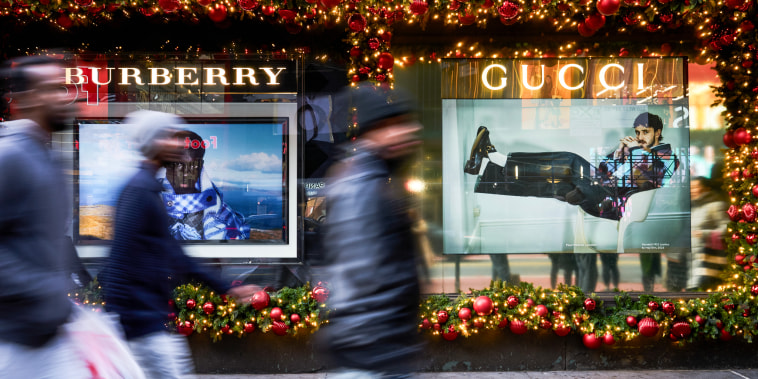
Reviving Hope in the American Economy: A Few Exceptions Revealed
In the face of obstacles and challenges, the economic landscape of America has proven itself once again to be remarkably resilient. Unexpectedly, after surviving a detrimental hit from the COVID-19 pandemic, the economy is showing clear signs of recovery, igniting a sense of optimism among its citizens. Nonetheless, this is not a universal sentiment and there are a number of Americans who are still apprehensive about the future.
Most notably, the steady decline of the national unemployment rate, which fell from a figurative cliff at around 14.7% in April 2020 to a substantially lower 6.1% in April 2021, provides empirical evidence of the ongoing recovery. This development has not gone unnoticed by citizens, fostering an environment of cautious optimism. At the same time, the dire conditions that provoked the harsh economic downfall, such as the closure of many businesses, has appeared to reverse. Numerous businesses, particularly those in the hospitality and entertainment sectors, are reopening and rehiring staff.
Furthermore, advances in the vaccination campaign have played a role in stimulating economic growth. As larger segments of the population become protected against the virus, COVID-19 restrictions are being lifted to various degrees across states. This has boosted consumer confidence, with spending in restaurants, entertainment, and travel increasing significantly.
Additionally, the fiscal and monetary stimulus packages implemented by the government and the Federal Reserve have played a significant role in alleviating the economic devastation caused by the pandemic. The combination of financial aid, tax relief, and rent moratoriums, among other efforts, have managed to put money into the pockets of Americans, boosting their ability to spend on goods and services and circulate money back into the broader economy.
However, not all Americans are in the same boat. Despite the undeniable strides made towards recovery, there is a segment of the population grappling with lingering economic challenges. Those dependent on sectors that are yet to rebound, such as tourism and certain manufacturing industries, are still bearing the brunt of layoffs and cutbacks. Moreover, the overnight switch to remote work has negatively impacted businesses that relied on office workers, adding another level of complexity to the economic puzzle.
In addition, the current inflation, partially caused by the combination of increased consumer spending and supply chain disruptions due to pandemic-induced factors, is a cause for concern among some consumers. The rise in costs of common goods and services potentially erodes the purchasing power of Americans, contributing to the sense of economic uncertainty.
Moreover, the economic divide that existed prior to the pandemic still looms large. The negative impacts of the virus-induced recession were felt disproportionately by low-income and minority workers, with recovery rates in these communities lagging behind. Consequently, the newfound sense of optimism isn’t as widespread as it could be.
Despite the overall positive outlook, it’s clear that there are multiple factors at play, indicating the complex nature of the economic picture. Indeed, the road to recovery is multifaceted and the sentiment of the nation reflects this reality. While optimism is blossoming among certain pockets of the American populace, it is contrasted by lingering apprehensions for others, painting a uniquely nuanced portrait of America’s economic landscape in the post-pandemic era.
